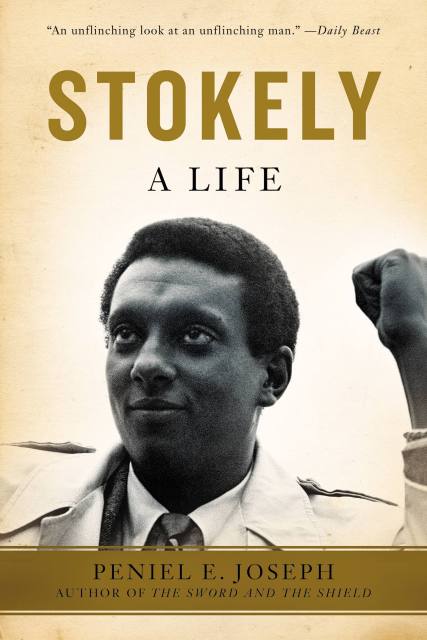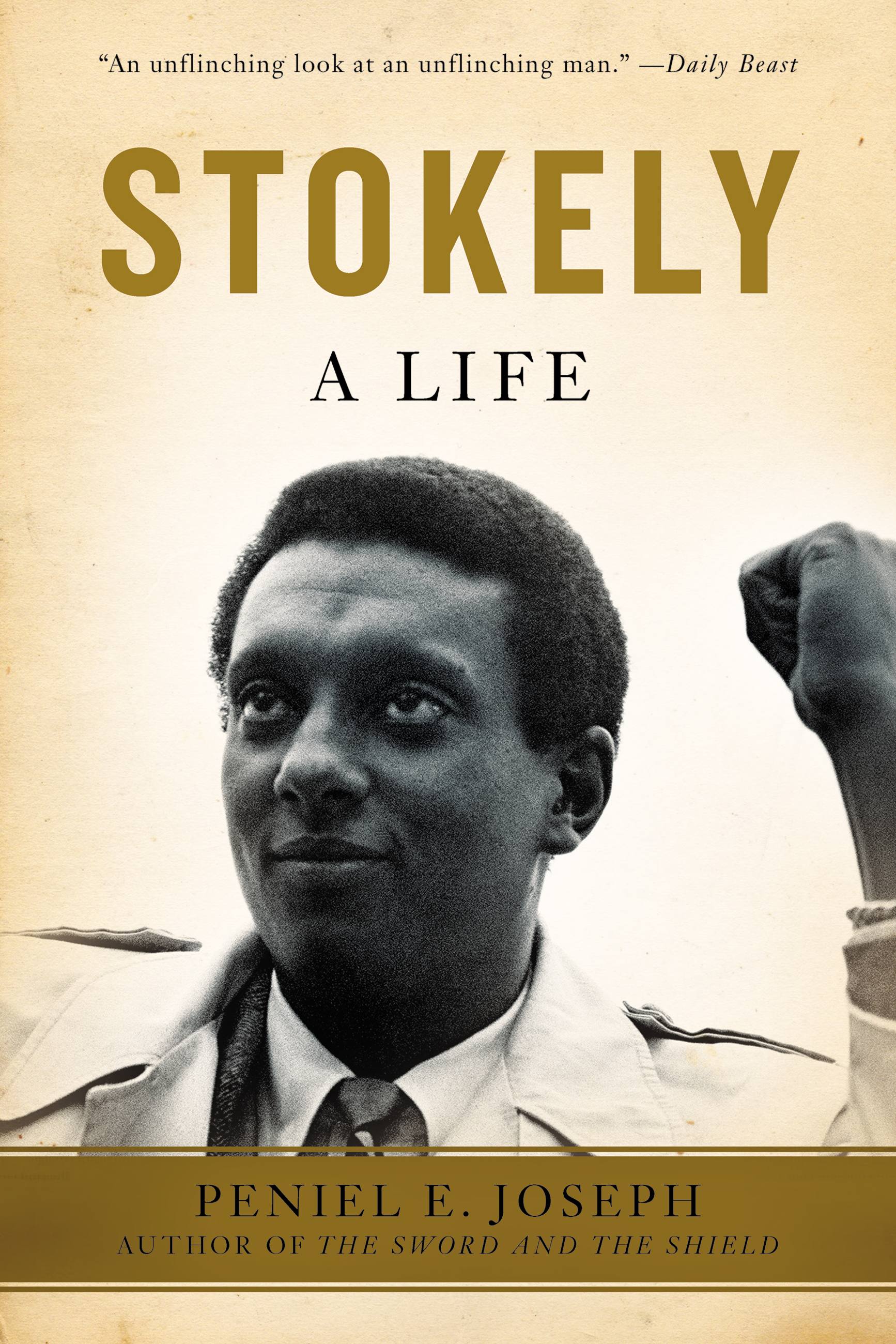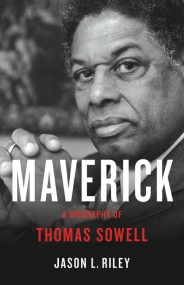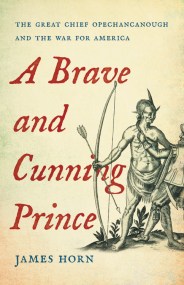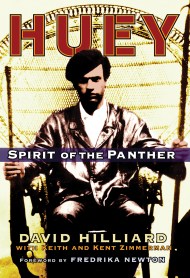Promotion
Use code FALL24 for 20% off sitewide!
Stokely
A Life
Contributors
Formats and Prices
Price
$11.99Price
$14.99 CADFormat
Format:
- ebook $11.99 $14.99 CAD
- Trade Paperback $21.99 $28.99 CAD
This item is a preorder. Your payment method will be charged immediately, and the product is expected to ship on or around March 4, 2014. This date is subject to change due to shipping delays beyond our control.
Also available from:
Stokely Carmichael, the charismatic and controversial Black activist, stepped onto the pages of history when he called for "Black Power" during a speech one Mississippi night in 1966. A firebrand who straddled both the American civil rights and Black Power movements, Carmichael would stand for the rest of his life at the center of the storm he had unleashed. In Stokely, preeminent civil rights scholar Peniel E. Joseph presents a groundbreaking biography of Carmichael, using his life as a prism through which to view the transformative African American freedom struggles of the twentieth century.
A nuanced and authoritative portrait, Stokely captures the life of the man whose uncompromising vision defined political radicalism and provoked a national reckoning on race and democracy.
- On Sale
- Mar 4, 2014
- Page Count
- 424 pages
- Publisher
- Civitas Books
- ISBN-13
- 9780465080489
Newsletter Signup
By clicking ‘Sign Up,’ I acknowledge that I have read and agree to Hachette Book Group’s Privacy Policy and Terms of Use
